Remote Sensing-Based Simulation of Snow Grain Size and Spatial–Temporal Variation Characteristics of Northeast China from 2001 to 2019
Abstract
1. Introduction
2. Materials and Methods
2.1. Study Area
2.2. Remote Sensing Data
2.3. Field Measurement Data
2.4. Snow Image Element Discrimination
2.5. ART Model Algorithm and Parameters
- (1)
- Semi-infinite space snow layer reflectivity function
- (2)
- Parameter of the calculation
- (3)
- Absorption coefficients of ice crystals
- (4)
- Asymmetry factor
2.6. Spatial Interpolation Analysis Method
3. Result
3.1. Model Verification
3.2. Temporal Distribution and Variation Characteristics of SGS in Northeastern China
3.3. Characteristics of Changes in the Spatial Distribution of SGS in Northeast China from 2001 to 2019
3.3.1. General Characteristics of the Spatial Distribution of SGS
3.3.2. Spatial Distribution of Interannual Variation of SGS
3.3.3. Spatial Distribution of Intraannual Variation of SGS
3.4. Analysis of Monthly Variation of Snow Grain Size in Northeast China
3.4.1. Analysis of Temporal Variation in SGS by Month
3.4.2. Analysis of Spatial Variation in SGS by Month
4. Discussion
5. Conclusions
Author Contributions
Funding
Data Availability Statement
Conflicts of Interest
References
- Skiles, S.M.; Flanner, M.; Cook, J.M.; Dumont, M.; Painter, T.H. Radiative forcing by light-absorbing particles in snow. Nat. Clim. Chang. 2018, 8, 964–971. [Google Scholar] [CrossRef]
- Dang, C.; Fu, Q.; Warren, S.G. Effect of Snow Grain Shape on Snow Albedo. J. Atmos. Sci. 2016, 73, 3573–3583. [Google Scholar] [CrossRef]
- Fan, C.Y.; Cheng, C.; Qi, P.; Liu, X.Y.; Wang, X.J.; Xu, Q.S. Retrieval of Snow Grain Size and Albedo Using Two Radiative Transfer Models. Acta Opt. Sin. 2020, 40, 0901002. [Google Scholar]
- Guo, Z.M.; Wang, N.L.; Wu, X.B.; Wu, H.B.; Wu, Y.W. Estimate the influence of snow grain size and black carbon on albedo. Sci. Cold Arid. Reg. 2015, 7, 111–120. [Google Scholar]
- He, C.; Flanner, M.G.; Chen, F.; Barlage, M.; Liou, K.-N.; Kang, S.; Ming, J.; Qian, Y. Black carbon-induced snow albedo reduction over the Tibetan Plateau: Uncertainties from snow grain shape and aerosol–snow mixing state based on an updated SNICAR model. Atmos. Chem. Phys. 2018, 18, 11507–11527. [Google Scholar] [CrossRef]
- Wang, J.-G.; Feng, X.-Z.; Xiao, P.-F.; Liang, J.; Li, Y.; Lin, J.-T.; Li, H. The influence of snow grain size on snow bidirectional reflectance. J. Infrared Millim. Waves 2013, 32, 283–288. [Google Scholar] [CrossRef]
- Hao, X.-H.; Wang, J.; Wang, J.; Zhang, P.; Huang, C.L. The measurement and retrieval of the spectral reflectance of different snow grain size on Northern Xinjiang, China (SCI). Guang Pu Xue Yu Guang Pu Fen Xi Guang Pu 2013, 33, 190–195. [Google Scholar]
- He, C.; Liou, K.; Takano, Y.; Yang, P.; Qi, L.; Chen, F. Impact of Grain Shape and Multiple Black Carbon Internal Mixing on Snow Albedo: Parameterization and Radiative Effect Analysis. J. Geophys. Res. Atmos. 2018, 123, 1253–1268. [Google Scholar] [CrossRef]
- Shi, T.; Cui, J.; Wu, D.; Xing, Y.; Chen, Y.; Zhou, Y.; Pu, W.; Wang, X. Snow albedo reductions induced by the internal/external mixing of black carbon and mineral dust, and different snow grain shapes across northern China. Environ. Res. 2022, 208, 112670. [Google Scholar] [CrossRef]
- IPCC. The Working Group I Contribution to the Sixth Assessment Report, Climate Change 2021: The Physical Science Basis; The Intergovernmental Panel on Climate Change: Geneva, Switzerland, 2021. [Google Scholar]
- Huang, C.; Margulis, S.A.; Durand, M.T.; Musselman, K.N. Assessment of Snow Grain-Size Model and Stratigraphy Representation Impacts on Snow Radiance Assimilation: Forward Modeling Evaluation. IEEE Trans. Geosci. Remote Sens. 2012, 50, 4551–4564. [Google Scholar] [CrossRef]
- Jafariserajehlou, S.; Rozanov, V.V.; Vountas, M.; Gatebe, C.K.; Burrows, J.P. Simulated reflectance above snow constrained by airborne measurements of solar radiation: Implications for the snow grain morphology in the Arctic. Atmos. Meas. Tech. 2021, 14, 369–389. [Google Scholar] [CrossRef]
- Kokhanovsky, A.; Rozanov, V.V.; Aoki, T.; Odermatt, D.; Brockmann, C.; Krüger, O.; Bouvet, M.; Drusch, M.; Hori, M. Sizing snow grains using backscattered solar light. Int. Remote Sens. 2011, 32, 6975–7008. [Google Scholar] [CrossRef]
- He, C.; Takano, Y.; Liou, K.-N.; Yang, P.; Li, Q.; Chen, F. Impact of Snow Grain Shape and Black Carbon–Snow Internal Mixing on Snow Optical Properties: Parameterizations for Climate Models. J. Clim. 2017, 30, 10019–10036. [Google Scholar] [CrossRef]
- Vandecrux, B.; Box, M.N.J.E.; Wehrlé, A.; Kokhanovsky, A.A.; Picard, G.; Niwano, M.; Hörhold, M.; Faber, A.-K.; Steen-Larsen, H.C. The Determination of the Snow Optical Grain Diameter and Snowmelt Area on the Greenland Ice Sheet Using Spaceborne Optical Observations. Remote Sens. 2022, 14, 932. [Google Scholar] [CrossRef]
- Berisford, D.F.; Molotch, N.P.; Durand, M.T.; Painter, T.H. Portable spectral profiler probe for rapid snow grain size stratigraphy. Cold Reg. Sci. Technol. 2013, 85, 183–190. [Google Scholar] [CrossRef]
- Carlsen, T.; Birnbaum, G.; Ehrlich, A.; Freitag, J.; Heygster, G.; Istomina, L.; Kipfstuhl, S.; Orsi, A.; Schäfer, M.; Wendisch, M. Comparison of different methods to retrieve optical-equivalent snow grain size in central Antarctica. Cryosphere 2017, 11, 2727–2741. [Google Scholar] [CrossRef]
- Chen, C.-T.; Tsang, L.; Wood, A.; Guo, J. Passive microwave remote sensing of snow parameters constrained by snow hydrology model and snow grain size growth. In Proceedings of the IEEE International Symposium on Geosci. Remote Sensing (IGARSS), Kuala Lampur, Malaysia, 17–22 July 2000; Volume 4, pp. 1522–1524. [Google Scholar] [CrossRef]
- Fair, Z.; Flanner, M.; Schneider, A.; Skiles, S.M. Sensitivity of modeled snow grain size retrievals to solar geometry, snow particle asphericity, and snowpack impurities. Cryosphere 2022, 16, 3801–3814. [Google Scholar] [CrossRef]
- Jalali, A.; Shukla, D.P. Snow grain size estimation of a site in the indian himalayan region using hyperspectral remote sensing: Aviris-NG data. In Proceedings of the IEEE International Symposium on Geoscience and Remote Sensing (IGARSS), Yokohama, Japan, 28 July–2 August 2019; pp. 4080–4083. [Google Scholar] [CrossRef]
- Colbeck, S. Grain clusters in wet snow. J. Colloid Interface Sci. 1979, 72, 371–384. [Google Scholar] [CrossRef]
- Donahue, C.; Skiles, S.M.; Hammonds, K. In situ effective snow grain size mapping using a compact hyperspectral imager. J. Glaciol. 2020, 67, 49–57. [Google Scholar] [CrossRef]
- Chen, T.; Pan, J.; Chang, S.; Xiong, C.; Shi, J.; Liu, M.; Che, T.; Wang, L.; Liu, H. Validation of the SNTHERM Model Applied for Snow Depth, Grain Size, and Brightness Temperature Simulation at Meteorological Stations in China. Remote Sens. 2020, 12, 507. [Google Scholar] [CrossRef]
- Constantin, J.G.; Ruiz, L.; Villarosa, G.; Outes, V.; Bajano, F.N.; He, C.; Bajano, H.; Dawidowski, L. Measurements and modeling of snow albedo at Alerce Glacier, Argentina: Effects of volcanic ash, snow grain size, and cloudiness. Cryosphere 2020, 14, 4581–4601. [Google Scholar] [CrossRef]
- Mary, A.; Dumont, M.; Dedieu, J.-P.; Durand, Y.; Sirguey, P.; Milhem, H.; Mestre, O.; Negi, H.S.; Kokhanovsky, A.A.; Lafaysse, M.; et al. Intercomparison of retrieval algorithms for the specific surface area of snow from near-infrared satellite data in mountainous terrain, and comparison with the output of a semi-distributed snowpack model. Cryosphere 2013, 7, 741–761. [Google Scholar] [CrossRef]
- Wiscombe, W.J.; Warren, S.G. A model for the Spectral albedo of snow. I: Pure Snow. J. Atmos. Sci. 1980, 37, 2712–2733. [Google Scholar] [CrossRef]
- Nolin, A.W.; Dozier, J. Estimating snow grain size using AVIRIS data. Remote Sens. Environ. 1993, 44, 231–238. [Google Scholar] [CrossRef]
- Brucker, L.; Picard, G.; Fily, M. Snow grain-size profiles deduced from microwave snow emissivities in Antarctica. J. Glaciol. 2010, 56, 514–526. [Google Scholar] [CrossRef]
- Golubev, V.N.; Sokratov, S.A. Regular packing of grains as a model of snow structure. Ann. Glaciol. 2004, 38, 25–29. [Google Scholar] [CrossRef]
- Green, R.O.; Dozier, J.; Roberts, D.; Painter, T. Spectral snow-reflectance models for grain-size and liquid-water fraction in melting snow for the solar-reflected spectrum. Ann. Glaciol. 2002, 34, 71–73. [Google Scholar] [CrossRef]
- Zhao, S.; Jiang, T.; Wang, Z. Snow Grain-Size Estimation Using Hyperion Imagery in a Typical Area of the Heihe River Basin, China. Remote Sens. 2013, 5, 238–253. [Google Scholar] [CrossRef]
- Yang, Y.; Marshak, A.; Han, M.; Palm, S.P.; Harding, D.J. Snow grain size retrieval over the polar ice sheets with the Ice, Cloud, and land Elevation Satellite (ICESat) observations. J. Quant. Spectrosc. Radiat. Transf. 2017, 188, 159–164. [Google Scholar] [CrossRef]
- Wu, L.; Li, X.; Zhao, K.; Zheng, X.; Jiang, T. Brightness temperature simulation of snow cover based on snow grain size evolution usingin situdata. J. Appl. Remote Sens. 2016, 10, 36016. [Google Scholar] [CrossRef]
- Wiebe, H.; Heygster, G.; Zege, E.; Aoki, T.; Hori, M. Snow grain size retrieval SGSP from optical satellite data: Validation with ground measurements and detection of snow fall events. Remote Sens. Environ. 2013, 128, 11–20. [Google Scholar] [CrossRef]
- Wang, X.; Shi, T.; Zhang, X.; Chen, Y. An Overview of Snow Albedo Sensitivity to Black Carbon Contamination and Snow Grain Properties Based on Experimental Datasets Across the Northern Hemisphere. Curr. Pollut. Rep. 2020, 6, 368–379. [Google Scholar] [CrossRef]
- Painter, T.H.; Dozier, J.; Roberts, D.A.; Davis, R.E.; Green, R.O. Retrieval of subpixel snow-covered area and grain size from imaging spectrometer data. Remote Sens. Environ. 2003, 85, 64–77. [Google Scholar] [CrossRef]
- Nolin, A.W.; Dozier, J. A Hyperspectral Method for Remotely Sensing the Grain Size of Snow. Remote Sens. Environ. 2000, 74, 207–216. [Google Scholar] [CrossRef]
- De Biagi, V.; Chiaia, B.; Frigo, B. Fractal grain distribution in snow avalanche deposits. J. Glaciol. 2012, 58, 340–346. [Google Scholar] [CrossRef]
- Fierz, C.; Baunach, T. Quantifying grain-shape changes in snow subjected to large temperature gradients. Ann. Glaciol. 2000, 31, 439–444. [Google Scholar] [CrossRef]
- Kokhanovsky, A.A. Optical sizing of irregular snow grains. Atti Accad. Peloritana Pericolanti Cl. Sci. Fis. Mat. Nat. 2011, 89, 000216371300051. [Google Scholar] [CrossRef]
- Jäkel, E.; Carlsen, T.; Ehrlich, A.; Wendisch, M.; Schäfer, M.; Rosenburg, S.; Nakoudi, K.; Zanatta, M.; Birnbaum, G.; Helm, V.; et al. Measurements and Modeling of Optical-Equivalent Snow Grain Sizes under Arctic Low-Sun Conditions. Remote Sens. 2021, 13, 4904. [Google Scholar] [CrossRef]
- Tanikawa, T.; Kuchiki, K.; Aoki, T.; Ishimoto, H.; Hachikubo, A.; Niwano, M.; Hosaka, M.; Matoba, S.; Kodama, Y.; Iwata, Y.; et al. Effects of Snow Grain Shape and Mixing State of Snow Impurity on Retrieval of Snow Physical Parameters from Ground-Based Optical Instrument. J. Geophys. Res. Atmos. 2020, 125, e2019JD031858. [Google Scholar] [CrossRef]
- Räisänen, P.; Makkonen, R.; Kirkevåg, A.; Debernard, J.B. Effects of snow grain shape on climate simulations: Sensitivity tests with the Norwegian Earth System Model. Cryosphere 2017, 11, 2919–2942. [Google Scholar] [CrossRef]
- Zheng, Y.; Zhang, L.; Li, W.; Zhang, F.; Zhong, X. Spatial-Temporal Variation of Snow Black Carbon Concentration in Snow Cover in Northeast China from 2001 to 2016 Based on Remote Sensing. Sustainability 2022, 14, 959. [Google Scholar] [CrossRef]
- Zhang, L.; Wang, C.; Li, Y.; Huang, Y.; Zhang, F.; Pan, T. High-latitude snowfall as a sensitive indicator of climate warming: A case study of Heilongjiang Province, China. Ecol. Indic. 2020, 122, 107249. [Google Scholar] [CrossRef]
- Venkataraman, G.; Singh, G.; Kumar, V.; Mohite, K.; Rao, Y.S. Snow grain size estimation in Himalayan snow covered region using advanced synthetic aperture radar data. Earth Obs. Syst. 2007, 6677, 667718. [Google Scholar] [CrossRef]
- Gay, M.; Fily, M.; Genthon, C.; Frezzotti, M.; Oerter, H.; Winther, J.-G. Snow grain-size measurements in Antarctica. J. Glaciol. 2002, 48, 527–535. [Google Scholar] [CrossRef][Green Version]
- Ban, J.; Sun, M. Causality analysis of winter precipitation anomalies in Heilongjiang province in 2012. Heilongjiang Meteorol. 2013, 30, 1–4. (In Chinese) [Google Scholar]
- Jian, W.; Tao, C.; Zhen, L. Survey of snow characteristics and distribution in China. Prog. Earth Sci. 2018, 33, 426–635. (In Chinese) [Google Scholar]
- Fu, Q.; Hou, R.; Wang, Z.; Li, T. Soil moisture thermal interaction effects under snow cover during freezing and thawing period. Trans. Chin. Soc. Agric. Eng. 2021, 31, 101–107. [Google Scholar] [CrossRef]
- Zhang, F.; Zhang, L.; Pan, M.; Zhong, X.; Zhao, E.; Wang, Y.; Du, C. Black carbon and mineral dust in snow cover across a typical city of Northeast China. Sci. Total Environ. 2022, 807, 150397. [Google Scholar] [CrossRef]
- Wang, J.; Feng, X.; Xiao, P.; Ye, N.; Zhang, X.; Cheng, Y. Snow Grain-Size Estimation Over Mountainous Areas from MODIS Imagery. IEEE Geosci. Remote Sens. Lett. 2016, 15, 97–101. [Google Scholar] [CrossRef]
- Hall, D.K.; Riggs, G.A.; Salomonson, V.V. Development of methods for mapping global snow cover using moderate resolution imaging spectroradiometer data. Remote Sens. Environ. 1995, 54, 127–140. [Google Scholar] [CrossRef]
- Hao, X.H.; Wang, J.; Li, H.Y. Evaluation of the NDSI Threshold Value in Mapping Snow Cover of MODIS—A Case Study of Snow in the Middle Qilian Mountains. J. Glac. Geocryol. 2008, 30, 132–138. [Google Scholar]
- Kokhanovsky, A.A.; Zege, E.P. Scattering optics of snow. Appl. Opt. 2004, 43, 1589–1602. [Google Scholar] [CrossRef] [PubMed]
- Langlois, A.; Royer, A.; Montpetit, B.; Roy, A.; Durocher, M. Presenting Snow Grain Size and Shape Distributions in Northern Canada Using a New Photographic Device Allowing 2D and 3D Representation of Snow Grains. Front. Earth Sci. 2020, 7. [Google Scholar] [CrossRef]
- Seidel, F.C.; Rittger, K.; Skiles, S.M.; Molotch, N.P.; Painter, T.H. Case study of spatial and temporal variability of snow cover, grain size, albedo and radiative forcing in the Sierra Nevada and Rocky Mountain snowpack derived from imaging spectroscopy. Cryosphere 2016, 10, 1229–1244. [Google Scholar] [CrossRef]
- Wang, J.; Feng, X.-Z.; Xiao, P.-F.; Liang, J.; Zhang, X.-L.; Li, H.-X.; Li, Y. Hyperspectral Remote Sensing Estimation Models for Snow Grain Size. Spectrosc. Spectr. Anal. 2013, 33, 177–181. [Google Scholar]
- Painter, T.H.; Molotch, N.P.; Cassidy, M.; Flanner, M.; Steffen, K. Contact spectroscopy for determination of stratigraphy of snow optical grain size. J. Glaciol. 2007, 53, 121–127. [Google Scholar] [CrossRef]
- Libois, Q.; Picard, G.; France, J.L.; Arnaud, L.; Dumont, M.; Carmagnola, C.M.; King, M.D. Influence of grain shape on light penetration in snow. Cryosphere 2013, 7, 1803–1818. [Google Scholar] [CrossRef]
- Negi, H.S.; Kokhanovsky, A. Retrieval of snow albedo and grain size using reflectance measurements in Himalayan basin. Cryosphere 2011, 5, 203–217. [Google Scholar] [CrossRef]
- Painter, T.H.; Rittger, K.; McKenzie, C.; Slaughter, P.; Davis, R.E.; Dozier, J. Retrieval of subpixel snow covered area, grain size, and albedo from MODIS. Remote Sens. Environ. 2009, 113, 868–879. [Google Scholar] [CrossRef]
- Picard, G.; Löwe, H.; Domine, F.; Arnaud, L.; Larue, F.; Favier, V.; Le Meur, E.; Lefebvre, E.; Savarino, J.; Royer, A. The Microwave Snow Grain Size: A New Concept to Predict Satellite Observations Over Snow-Covered Regions. AGU Adv. 2022, 3, e2021AV000630. [Google Scholar] [CrossRef]
- Painter, T.H. Comment on Singh and others, ‘Hyperspectral analysis of snow reflectance to understand the effects of contamination and grain size’. J. Glaciol. 2011, 57, 183–185. [Google Scholar] [CrossRef][Green Version]
- Cao, X.; Ding, X.; Chen, W.; Wang, X.; Cui, J.; Zhang, Z. Simulation of snow albedo and snow particle size for black carbon deposition in arid zones. China Environ. Sci. 2020, 40, 2345–2352. [Google Scholar]
- Shi, T.; Cui, J.; Chen, Y.; Zhou, Y.; Pu, W.; Xu, X.; Chen, Q.; Zhang, X.; Wang, X. Enhanced light absorption and reduced snow albedo due to internally mixed mineral dust in grains of snow. Atmos. Chem. Phys. 2021, 21, 6035–6051. [Google Scholar] [CrossRef]
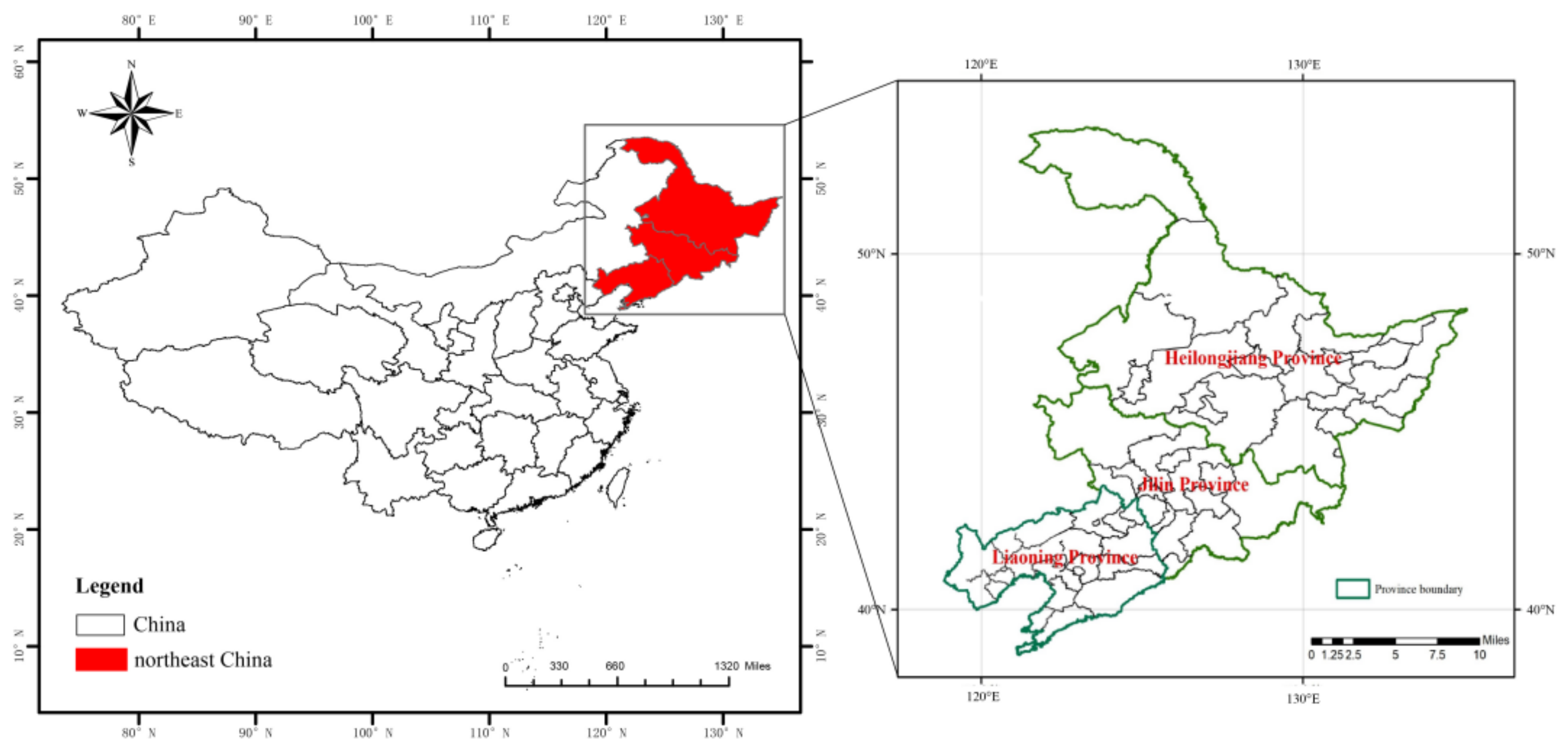

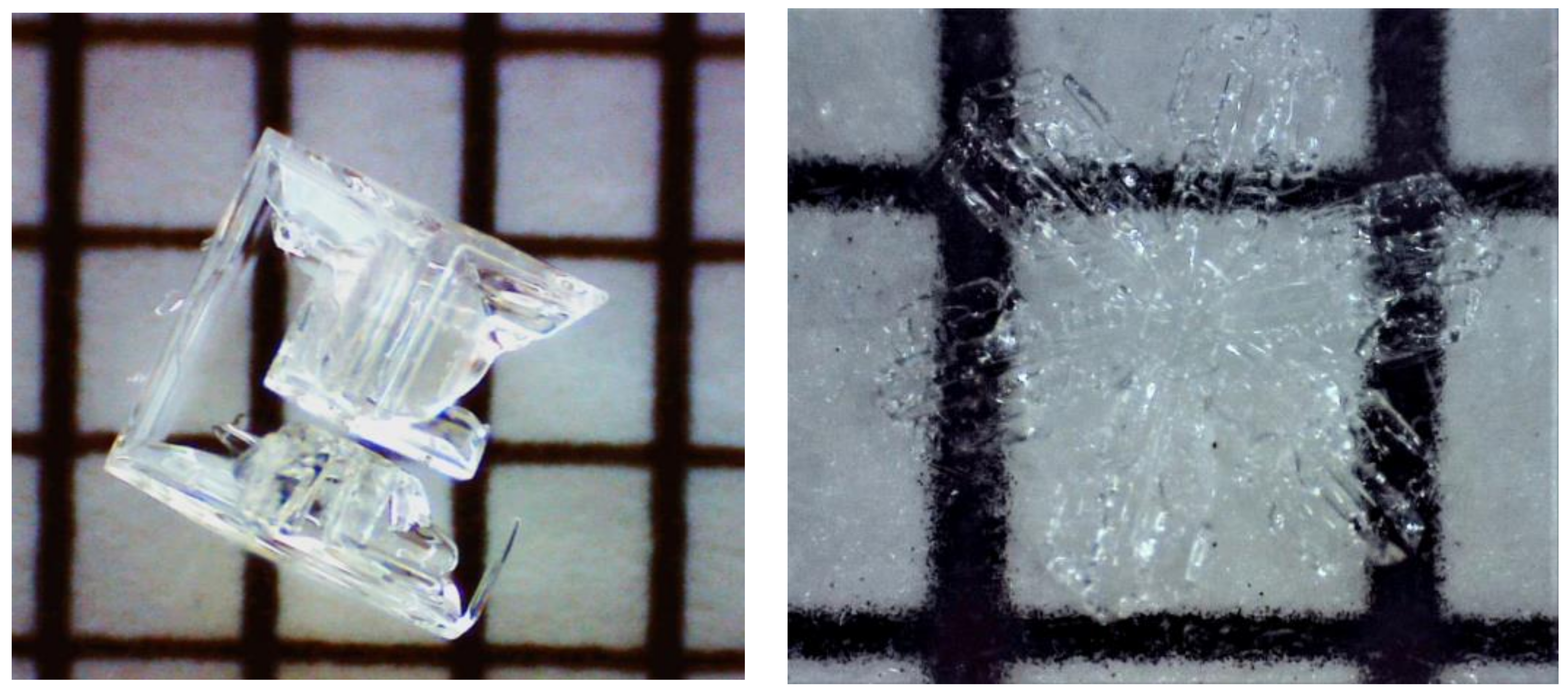
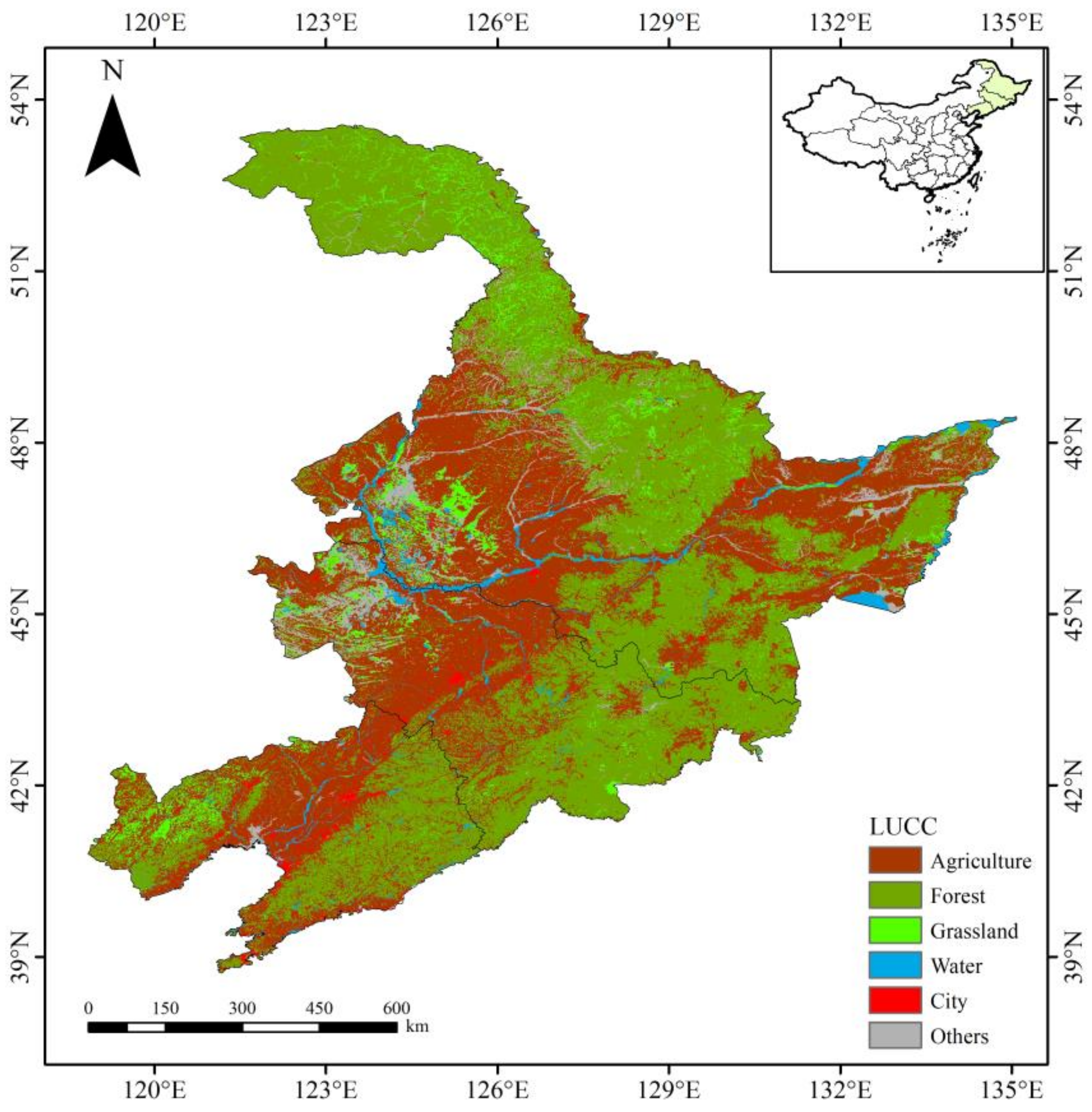
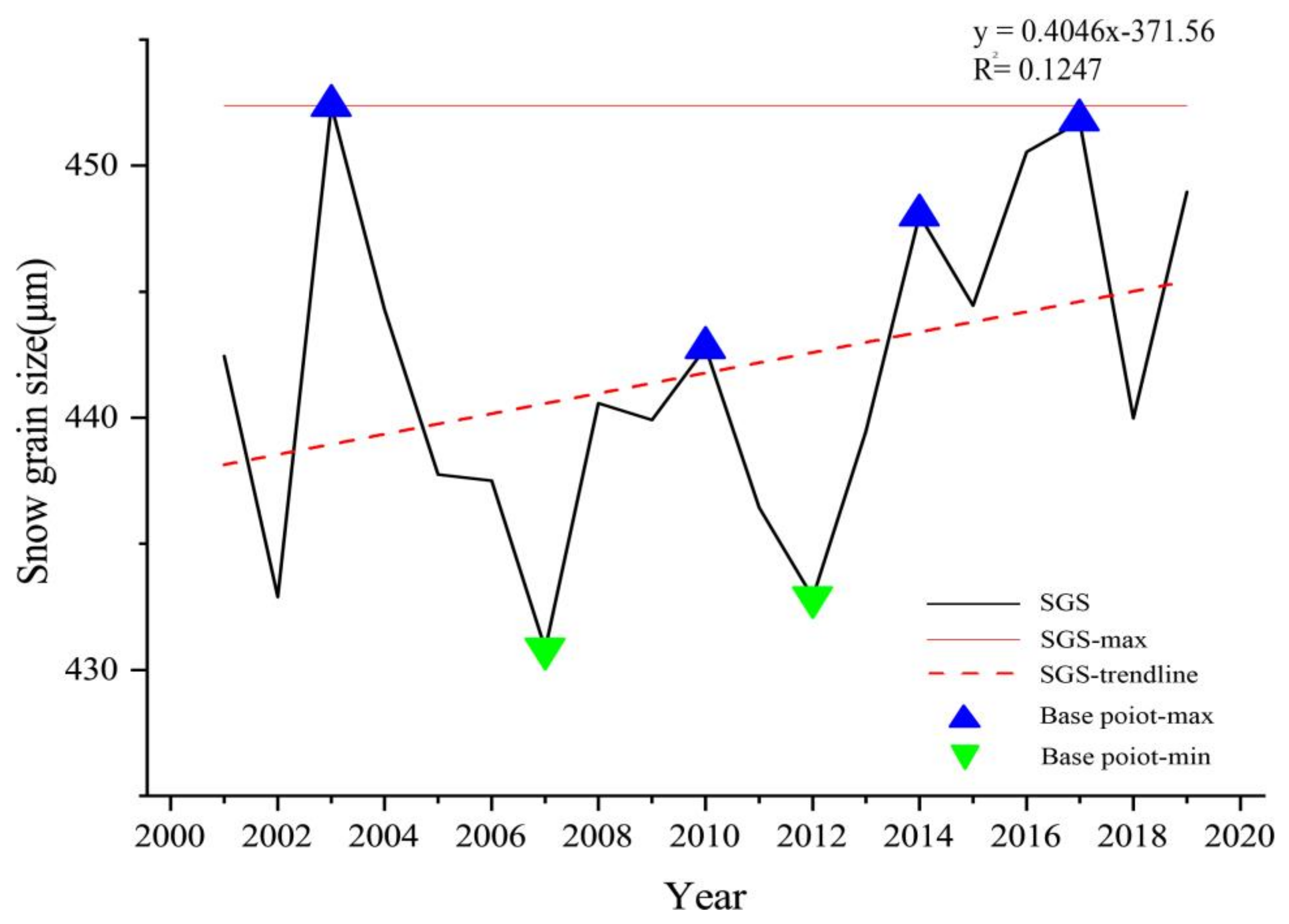
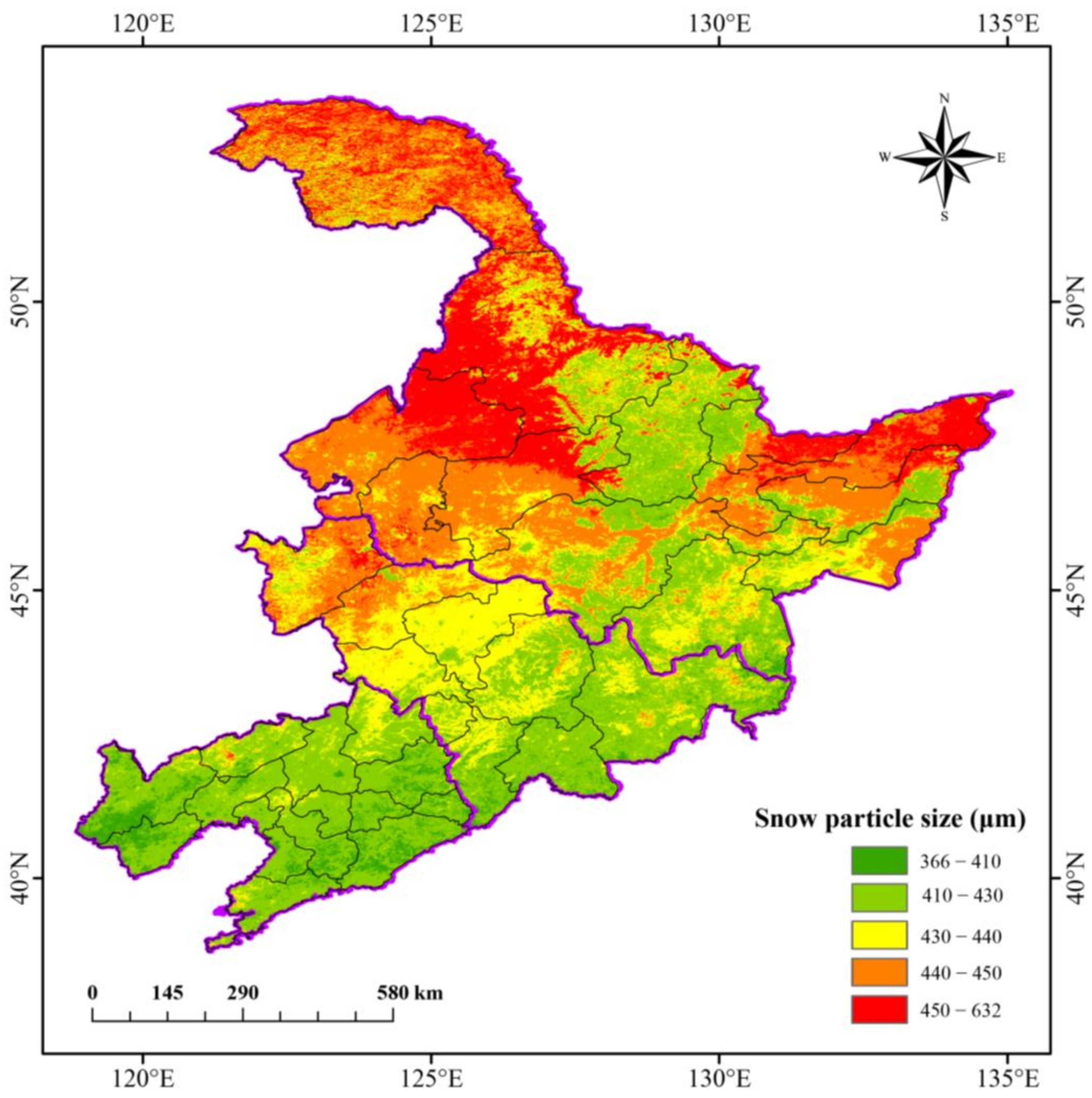
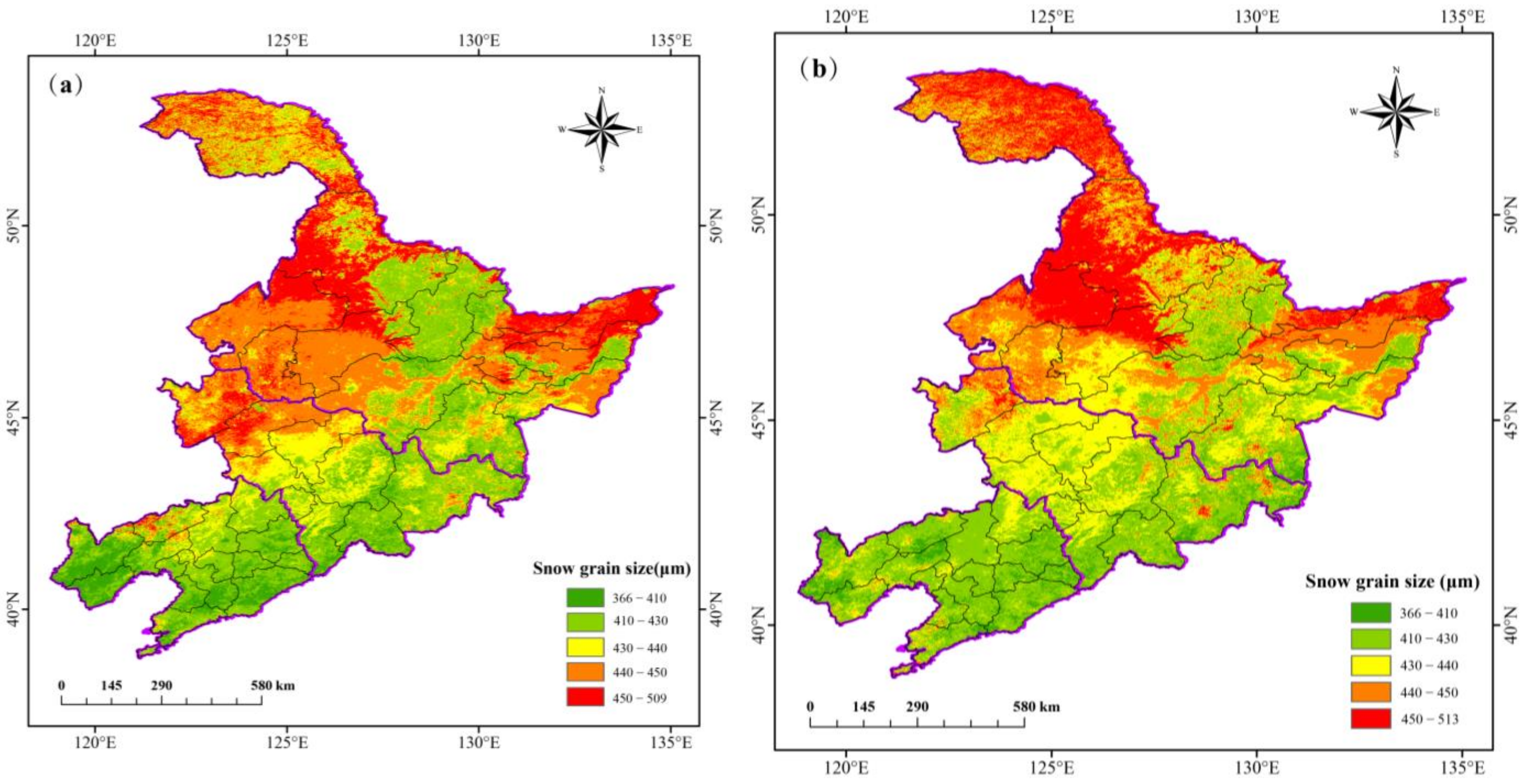
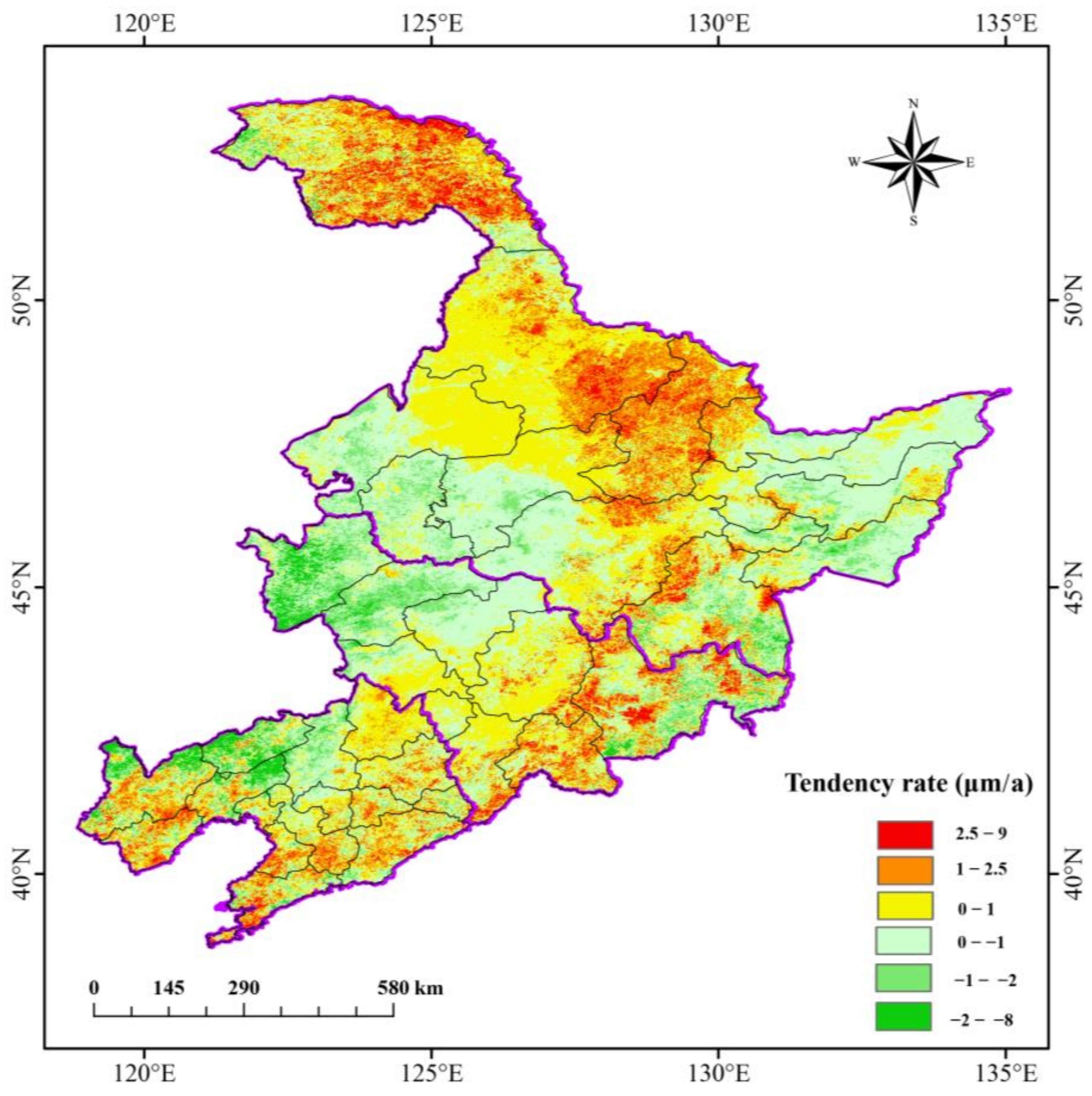
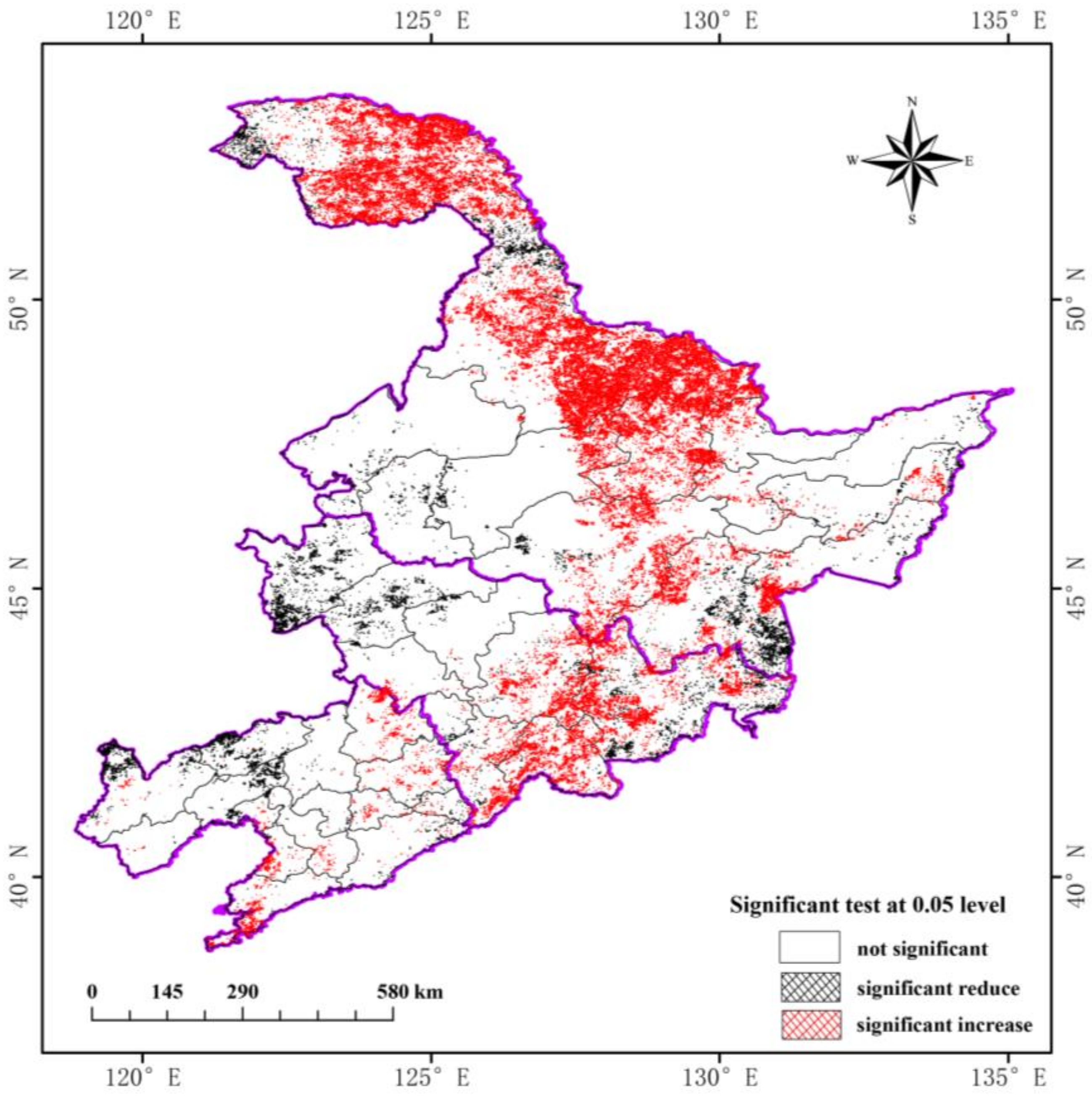
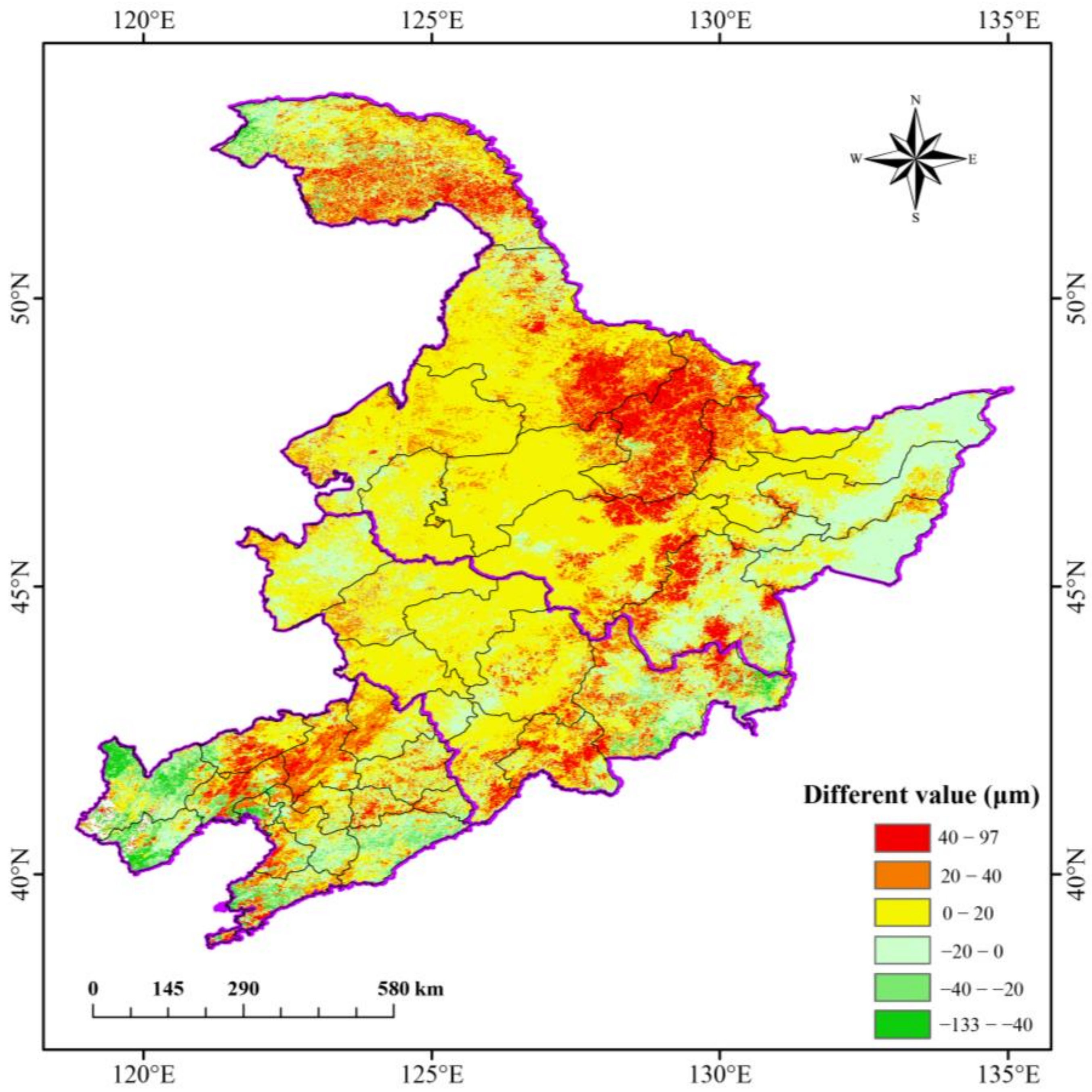
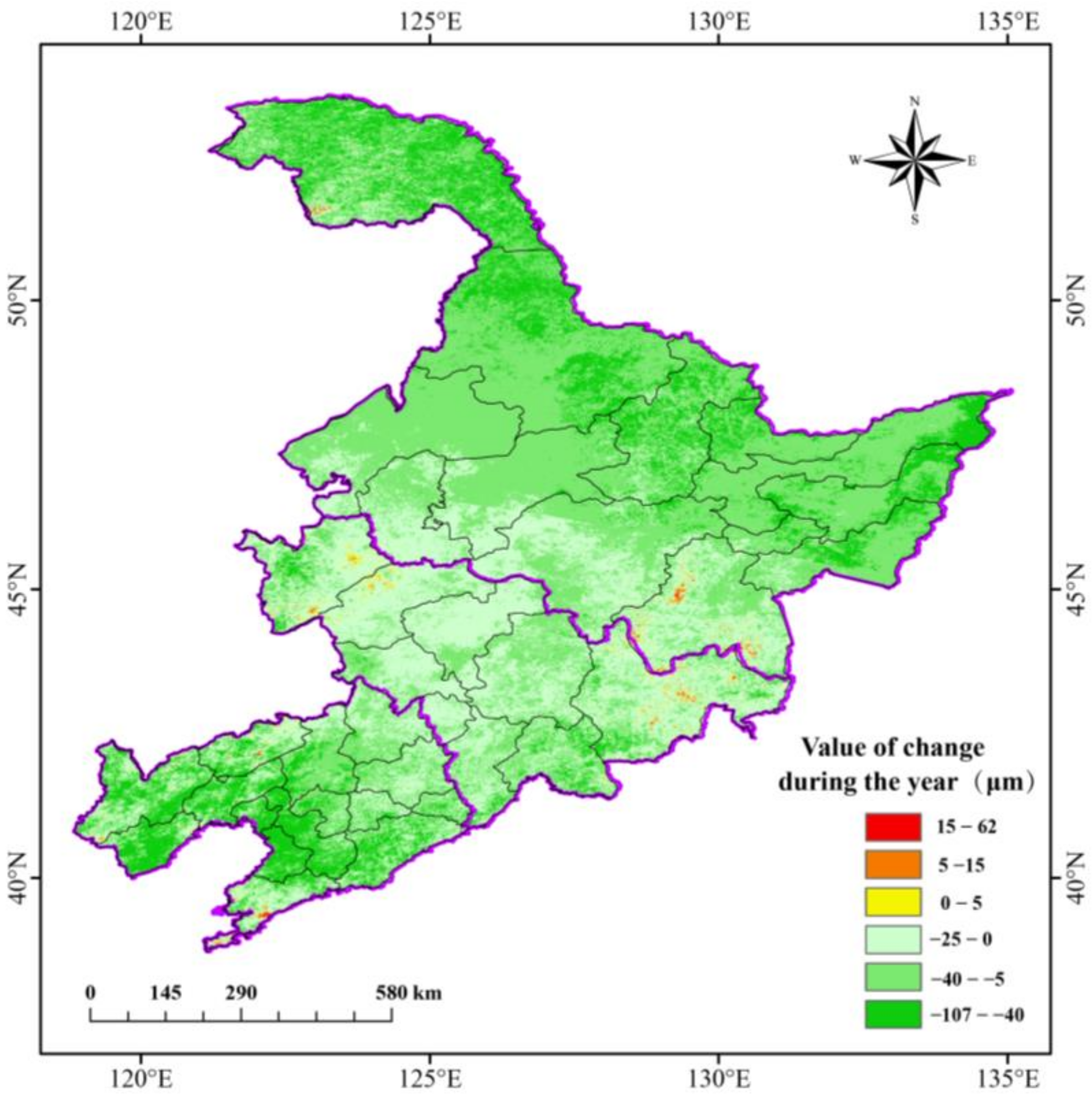
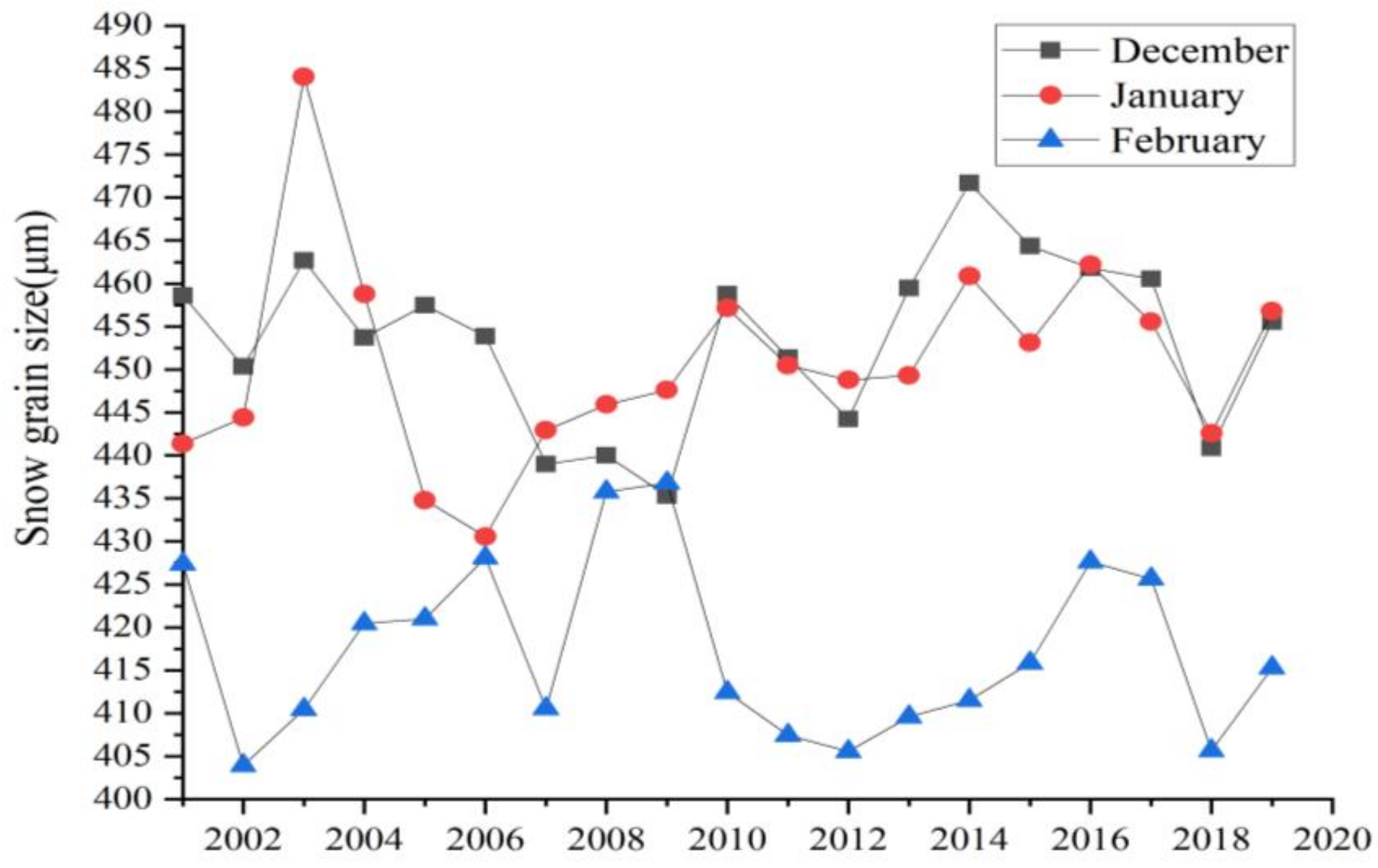

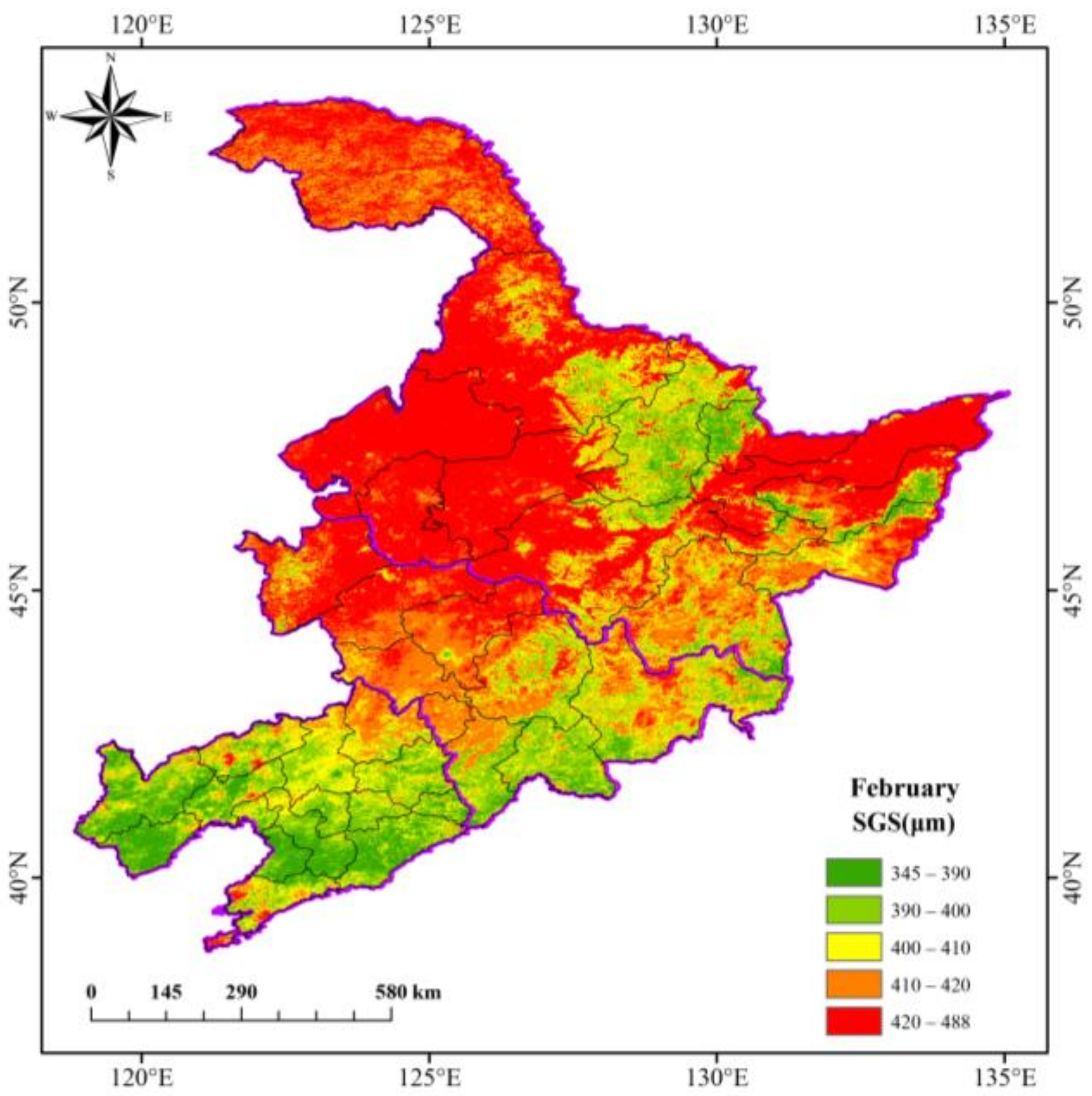
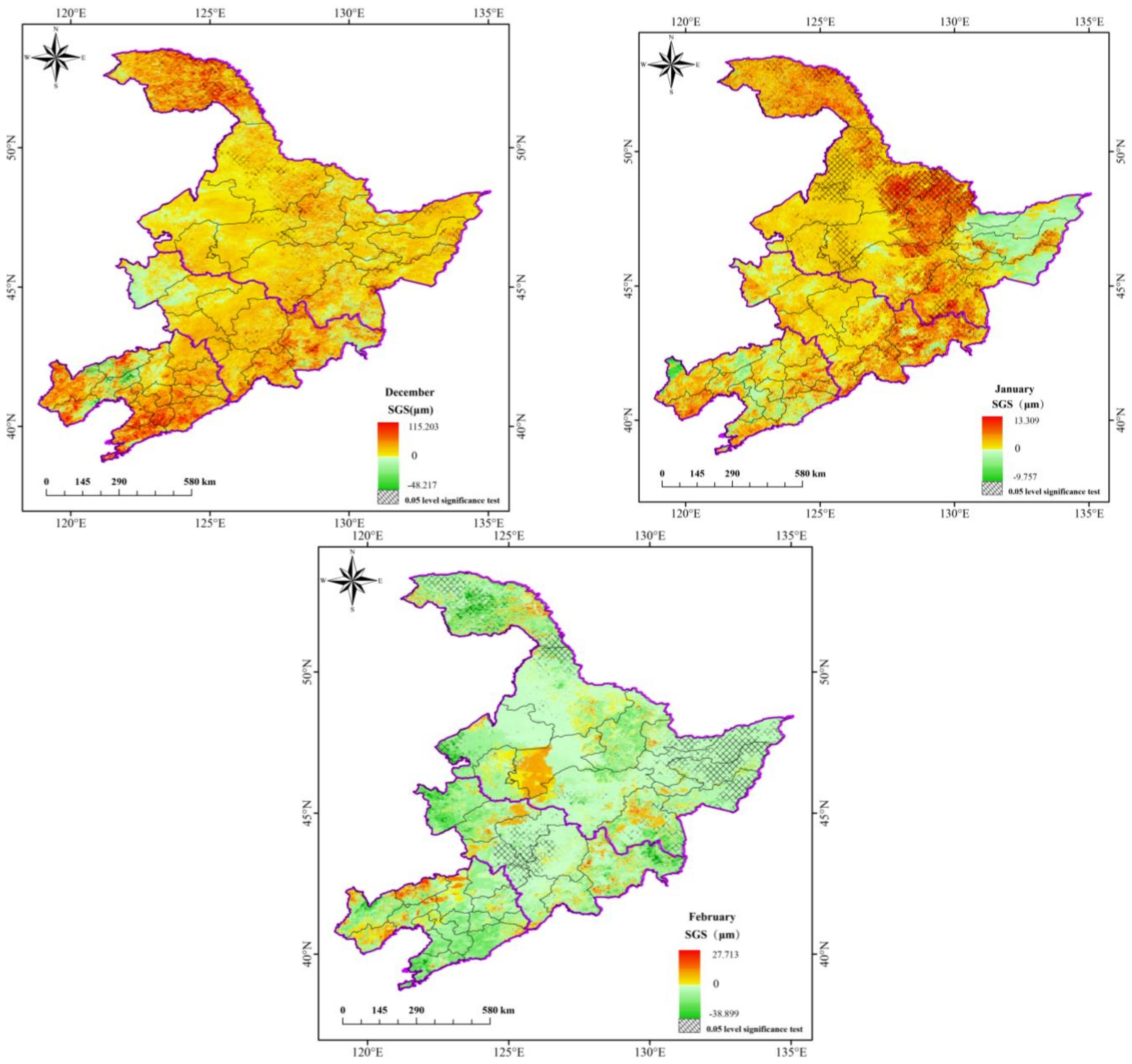
| Parameters | Significance | Unit |
|---|---|---|
| R1 | Snow reflectivity in channel 1 semi-infinite space | - |
| R2 | Snow reflectivity in channel 2 semi-infinite space | - |
| R0 | Semi-infinite space snow layer reflectivity function | - |
| Determined by escape function and semi-infinite space snow layer reflectivity function | - | |
| g | Asymmetry factor | 0.76 |
| B | Constants | 0.84 |
| αs,i | Absorption coefficient of BC | - |
| c | Relative concentrations of BC | ng/g |
| Snow grain size | mm | |
| Absorption coefficient of ice | - | |
| β | Photon absorption probability of ice crystals | 0.47 |
| K | Constants | 2.63 |
| Solar zenith angle | degree | |
| Observation of the zenith angle | degree | |
| Relative azimuth | degree |
| Parameters | Significance | Value |
|---|---|---|
| A | Constants | 1.247 |
| B | Constants | 1.186 |
| C | Constants | 5.157 |
| μ | Observation of the zenith angle cosine | [-] |
| μ0 | Cosine of the solar zenith angle | [-] |
| P(θ) | Phase functions | [-] |
| Year | Mean Different (μm) | RMSD (μm) | Pearson’s Correlation Coefficient (r) | Days (N) |
|---|---|---|---|---|
| January 2014 | 28 | 62 | 0.77 | 21 |
| December 2018 | 31 | 78 | 0.71 | 26 |
| February 2019 | 19 | 53 | 0.65 | 19 |
| all | 26 | 65 | 0.69 | 66 |
Disclaimer/Publisher’s Note: The statements, opinions and data contained in all publications are solely those of the individual author(s) and contributor(s) and not of MDPI and/or the editor(s). MDPI and/or the editor(s) disclaim responsibility for any injury to people or property resulting from any ideas, methods, instructions or products referred to in the content. |
© 2023 by the authors. Licensee MDPI, Basel, Switzerland. This article is an open access article distributed under the terms and conditions of the Creative Commons Attribution (CC BY) license (https://creativecommons.org/licenses/by/4.0/).
Share and Cite
Zhang, F.; Zhang, L.; Zheng, Y.; Wang, S.; Huang, Y. Remote Sensing-Based Simulation of Snow Grain Size and Spatial–Temporal Variation Characteristics of Northeast China from 2001 to 2019. Remote Sens. 2023, 15, 4970. https://doi.org/10.3390/rs15204970
Zhang F, Zhang L, Zheng Y, Wang S, Huang Y. Remote Sensing-Based Simulation of Snow Grain Size and Spatial–Temporal Variation Characteristics of Northeast China from 2001 to 2019. Remote Sensing. 2023; 15(20):4970. https://doi.org/10.3390/rs15204970
Chicago/Turabian StyleZhang, Fan, Lijuan Zhang, Yanjiao Zheng, Shiwen Wang, and Yutao Huang. 2023. "Remote Sensing-Based Simulation of Snow Grain Size and Spatial–Temporal Variation Characteristics of Northeast China from 2001 to 2019" Remote Sensing 15, no. 20: 4970. https://doi.org/10.3390/rs15204970
APA StyleZhang, F., Zhang, L., Zheng, Y., Wang, S., & Huang, Y. (2023). Remote Sensing-Based Simulation of Snow Grain Size and Spatial–Temporal Variation Characteristics of Northeast China from 2001 to 2019. Remote Sensing, 15(20), 4970. https://doi.org/10.3390/rs15204970





